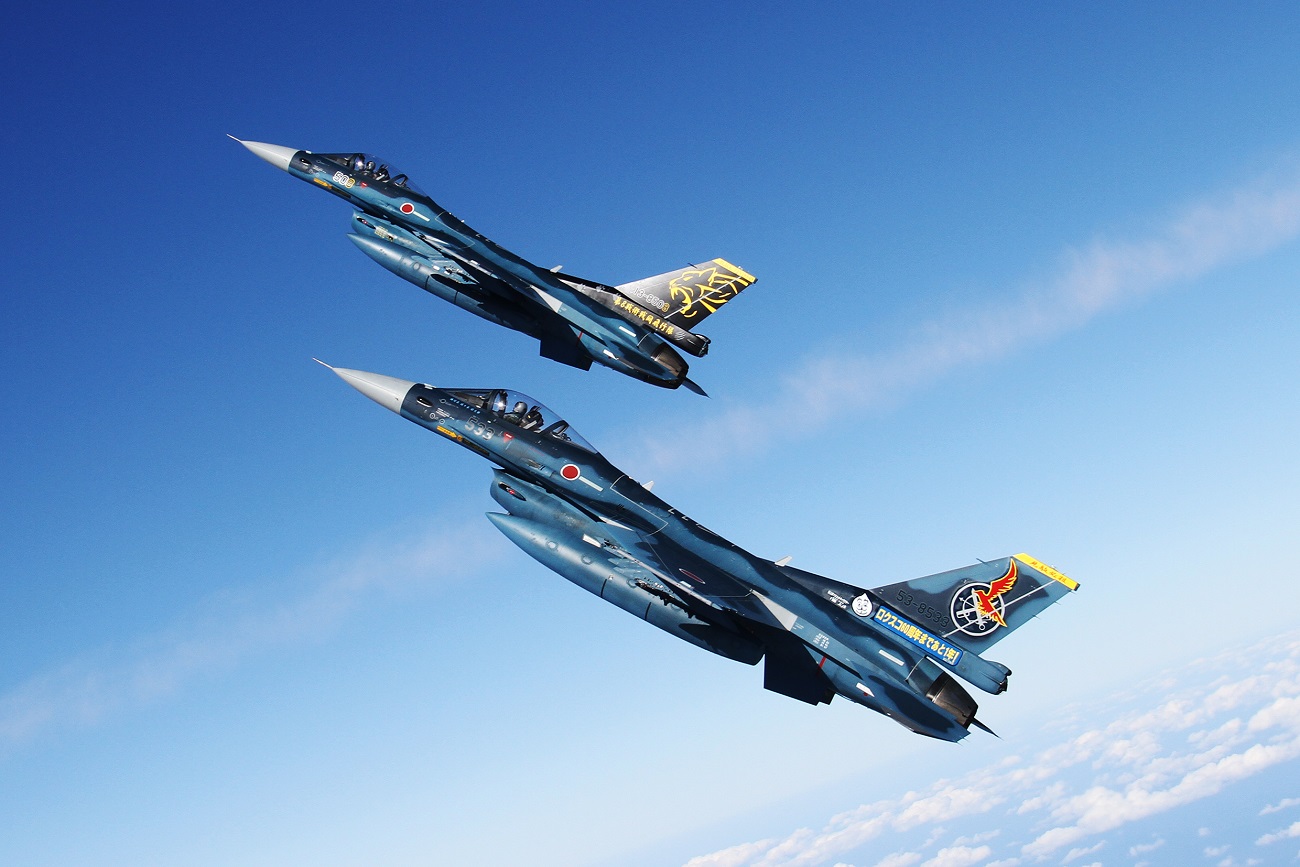The U.S. State Department has made a determination approving a possible Foreign Military Sale to the Government of Japan of AIM-9X Block II Sidewinder Missiles and related equipment for an estimated cost of $59.03 million. The Government of Japan has requested to buy forty-four (44) AIM-9X Sidewinder Block II Tactical Missiles; and twenty-nine (29) AIM-9X Sidewinder Captive Air Training Missiles (CATM). Also included are missile containers; spare and repair parts; repair of repairables; support and test equipment; publications and technical documentation; personnel training and training equipment; technical assistance, engineering, and logistics support services; transportation and program support; and other related elements of logistics and program support.
The principal contractor will be RTX Corporation, Tucson, AZ.
The AIM-9 Sidewinder (“AIM” for “Air Intercept Missile”) is a short-range air-to-air missile. Entering service with the United States Navy in 1956 and the Air Force in 1964, the AIM-9 is one of the oldest, cheapest, and most successful air-to-air missiles. Its latest variants remain standard equipment in most Western-aligned air forces. Low-level development started in the late 1940s, emerging in the early 1950s as a guidance system for the modular Zuni rocket. This modularity allowed for the introduction of newer seekers and rocket motors, including the AIM-9C variant, which used semi-active radar homing and served as the basis of the AGM-122 Sidearm anti-radar missile. Due to the Sidewinder’s guidance system, the brevity code “Fox 2” is used when firing the AIM-9. Originally a tail-chasing system, early models saw extensive use during the Vietnam War, but had a low success rate.

The AIM-9X entered service in November 2003 with the U.S. Air Force (the lead platform was the F-15C) and the U.S. Navy (the lead platform was the F/A-18C) and is a substantial upgrade to the Sidewinder family featuring an imaging infrared focal-plane array (FPA) seeker with claimed 90° off-boresight capability, compatibility with helmet-mounted displays such as the new U.S. Joint Helmet Mounted Cueing System (JHMCS), and a totally new two-axis thrust-vectoring control (TVC) system providing increased turn capability over traditional control surfaces (60Gs). Utilizing the JHMCS, a pilot can point the AIM-9X missile’s seeker and “lock on” by simply looking at a target, thereby increasing air combat effectiveness. It also features an electronic safe and arm device similar to the AMRAAM, allowing for a reduction in minimum range, and reprogrammable infrared Counter Counter Measures (IRCCM) capability.
The Block II adds lock-on after launch capability with a datalink, so the missile can be launched first and then directed to its target afterwards by an aircraft with the proper equipment for 360-degree engagements, such as the F-35 or the F-22. NAVAIR reported that the missile was exceeding performance requirements in all areas, including lock-on after launch (LOAL). One area where the Block II needs improvement is helmetless high off-boresight (HHOBS) performance. It is functioning well on the missile, but performance is below that of the Block I AIM-9X. The HHOBS deficiency does not impact any other Block II capabilities, and is planned to be improved upon by a software clean-up build. In February 2015, the U.S. Army successfully launched an AIM-9X Block II from the new Multi-Mission Launcher (MML), a truck-mounted missile launch container that can hold 15 of the missiles. The MML will complement the AN/TWQ-1 Avenger air defense system and is expected to begin fielding in 2019.















